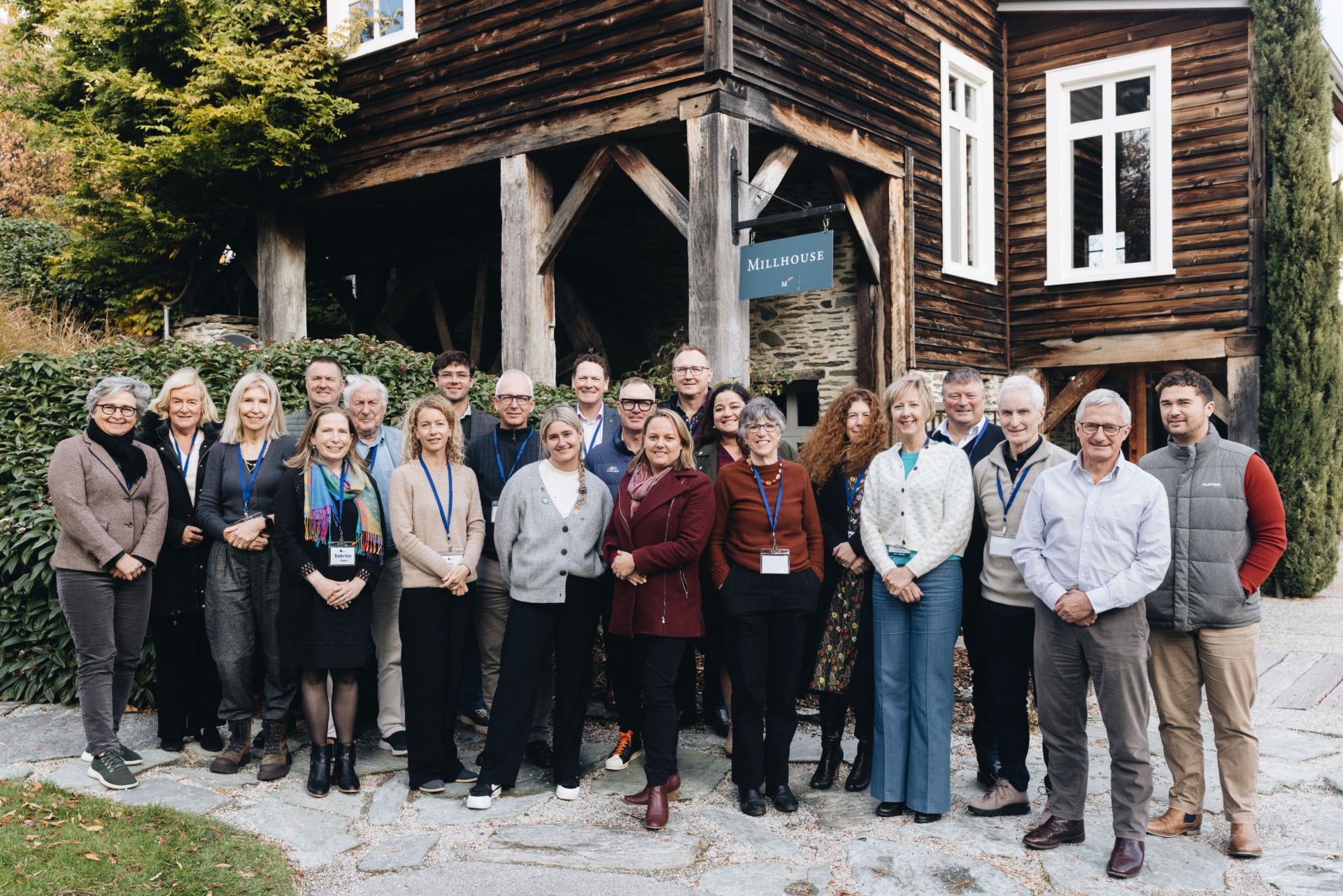A group of corporate leaders announced a big shift in priorities last week. On August 19, Business Roundtable, a group of CEOs whose voices echo through Wall Street and K Street, released a “Statement on the Purpose of a Corporation.” The statement reads, in part, “While each of our individual companies serves its own corporate purpose, we share a fundamental commitment to all of our stakeholders,” (emphatic underscore in original).
Though the statement — widely reported as a rejection of the idea of shareholder primacy — seemed to catch the business world off-guard, it felt like a satisfying result of years of hard work by the Aspen Institute’s Business and Society Program.
Purpose is the purpose
“We’ve woven corporate purpose into all of our work,” says Miguel Padró, Senior Program Manager. The program — led by Judith Samuelson, but home to a team of dedicated staff members and courageous fellow travelers — has long pushed corporate America to factor in the long-term health of society as they make business decisions.
Over the years, the Business and Society Program has released white papers, hosted academic conferences and meetings with business leaders focused on corporate purpose and addressing short-termism, developed frameworks for long-term value creation, created the American Prosperity Project, and brought provocative speakers to public-facing events such as the Aspen Ideas Festival.
It must seem especially sweet, then, to have an organization like Business Roundtable — which, in a 1997 policy statement declared “maximizing value for shareholders as the sole purpose of a corporation” — do an about-face. Last week’s one-page statement talked of corporations’ responsibilities to employees, suppliers, and communities, with shareholders bringing up the rear. (Samuelson’s own take on the announcement was published the day the statement was released.)
“The Business Roundtable is never going to be on the cutting edge of this stuff,” says Padró, “so when they say something it suggests a shift in mainstream thinking that’s really notable.”
Getting the language right
The idea of shareholder primacy had taken hold long before that now-retracted 1997 statement, but in the years since, it had become almost gospel. Very few MBAs were graduated without an indelible imprint of that idea in their subconscious.
But Samuelson had a different view. Over the past nine years, she’d gathered up a lot of people who’d been working on the problem, who knew they had a good, defensible argument for a better type of corporate governance. She dug deep into the issue, studying the legalities and gauging what was possible within the current business climate.
To have a real discussion, she knew, the program would need to set the tone of the conversation and expand the boundaries of what was allowable conversation. In 2010, they began to bring scholars and business leaders together to create some language around the issue. They began with corporate legal scholars and business scholars, two groups who had never stopped talking about corporate purpose. Next they added practitioners and hosted a series of roundtables at UCLA law school, Stern at NYU, and then at UPenn’s Wharton.
They discovered that business scholars had a very limited knowledge of corporate law, and even less of the language it used. Likewise, business leaders had their own language, and there was a heavy lift to translate academic concepts into the language of CEOs.
“At some point in those round tables,” recalls Padró, “the business scholars and legal scholars were convinced, but we knew that unless we could train business leaders — our MBAs — on something other than shareholder-first, then nothing was going to change.”
Setting the table
But Aspen presented a powerful platform. “Something about the Institute’s credibility in the ecosystem — a nonpartisan, objective, well-respected convener — made it safer when we started putting a lot of energy behind this question,” says Padró. “There’s something about our role in the thought-leadership ecosystem that normalized it, gave people permission to grapple with it.”
In particular, the Aspen Ideas Festival gave the stage to CEOs who also had these questions on their minds. From 2012 to 2014, the program brought in Howard Schultz of Starbucks, Tom Wilson of Allstate, and Ursula Burns of Xerox, and they all had thoughtful things to say out corporate missions beyond the low bar of “corporate responsibility.” The Institute also provided a platform for big ideas like those of Lynn Stout, who wrote the paradigm-shattering book The Shareholder Value Myth with strong encouragement, if not insistence, from Samuelson.
“Once we opened up the question, it built momentum in a concrete way,” Padró says, “But it was a dinner conversation for most people; you’d park that when you got to the office.” To change that, the Business and Society Program went to work behind the scenes. “This was not producing reports. It was just good old convening and digging into the issues. This was about building new ideas, collective intelligence, and collective courage. You’d never see that work unless it produced an outcome like this.”
The statement, and its aftermath
“We couldn’t have anticipated the amount of attention it actually got,” says Padró. “But it’s clear that the Business Roundtable was very intentional about the rollout — not just getting it out there, but making a splash.”
However, a CEO statement doesn’t make it so, he notes. If there’s not buy-in from middle and upper-middle management, then these sorts of initiatives fail, no matter how much vision and commitment comes from the top. “You can tell a company is real about it by their actions and behaviors,” says Padró, “and the middle of the organization is the most important in driving value with purpose.” To that end, the program created Purpose College, in which small teams of managers workshopped a live business project using a purpose lens. They worked on mapping the organization, strategies for change management, and narrative development. “CEO vision and commitment is very much at the top, but in terms of whether it is actualized, the linchpin is the middle.”
Which means that, in spite of this momentous announcement, there is still much work to be done.


